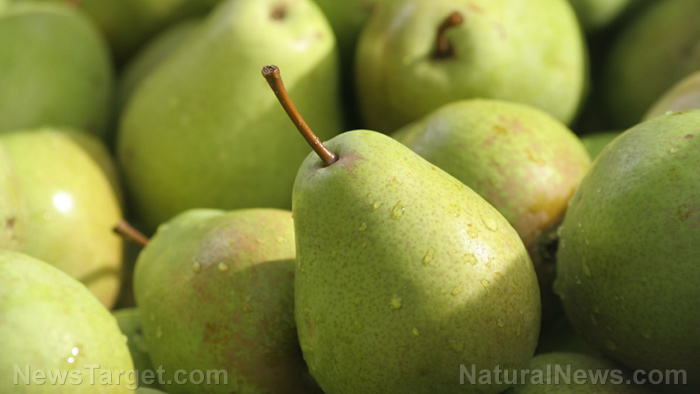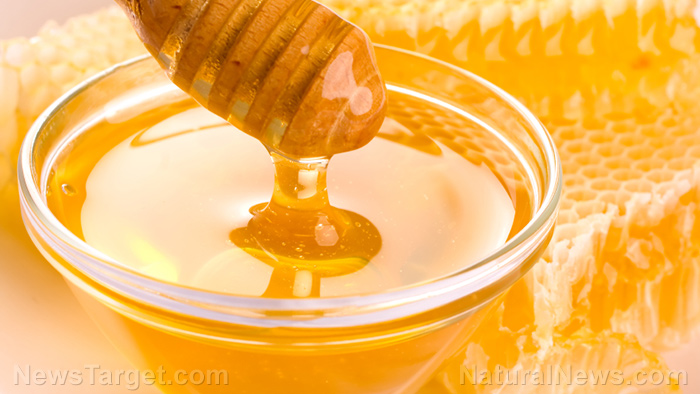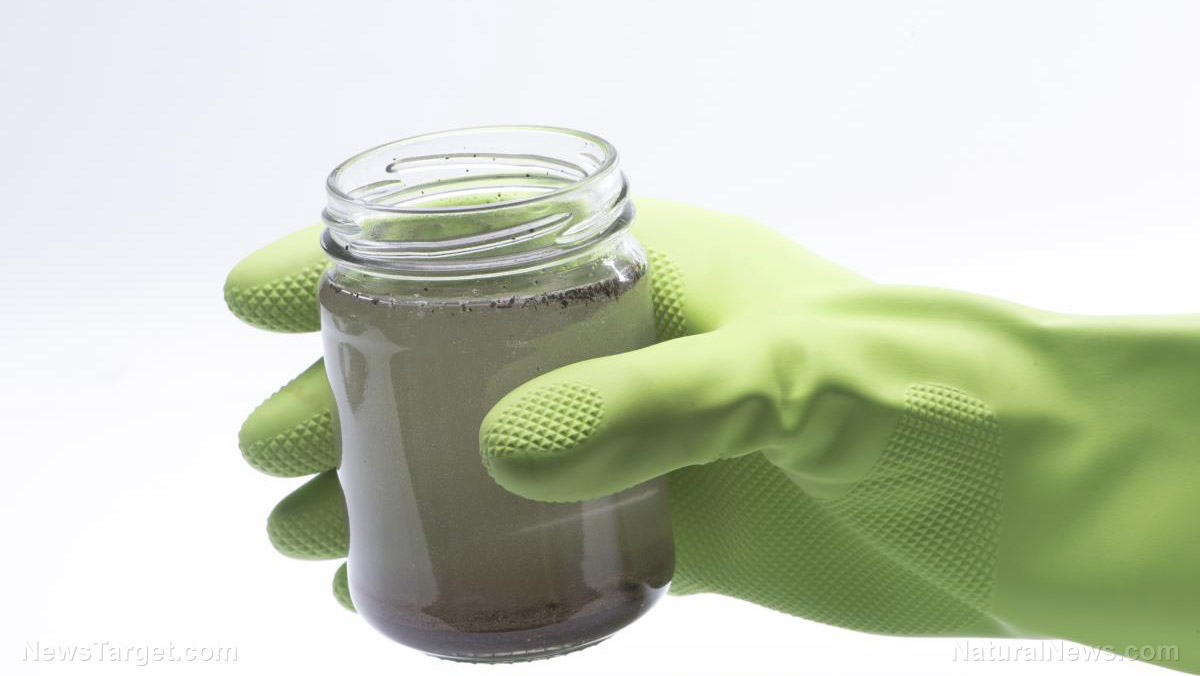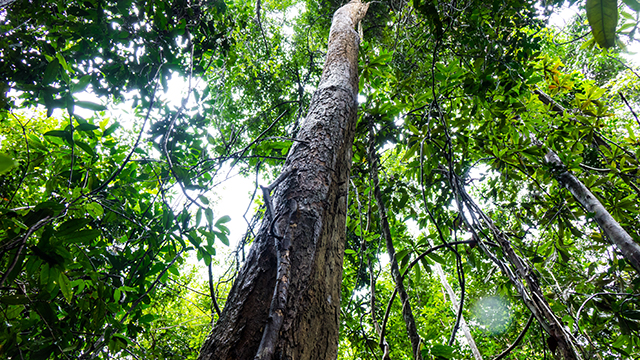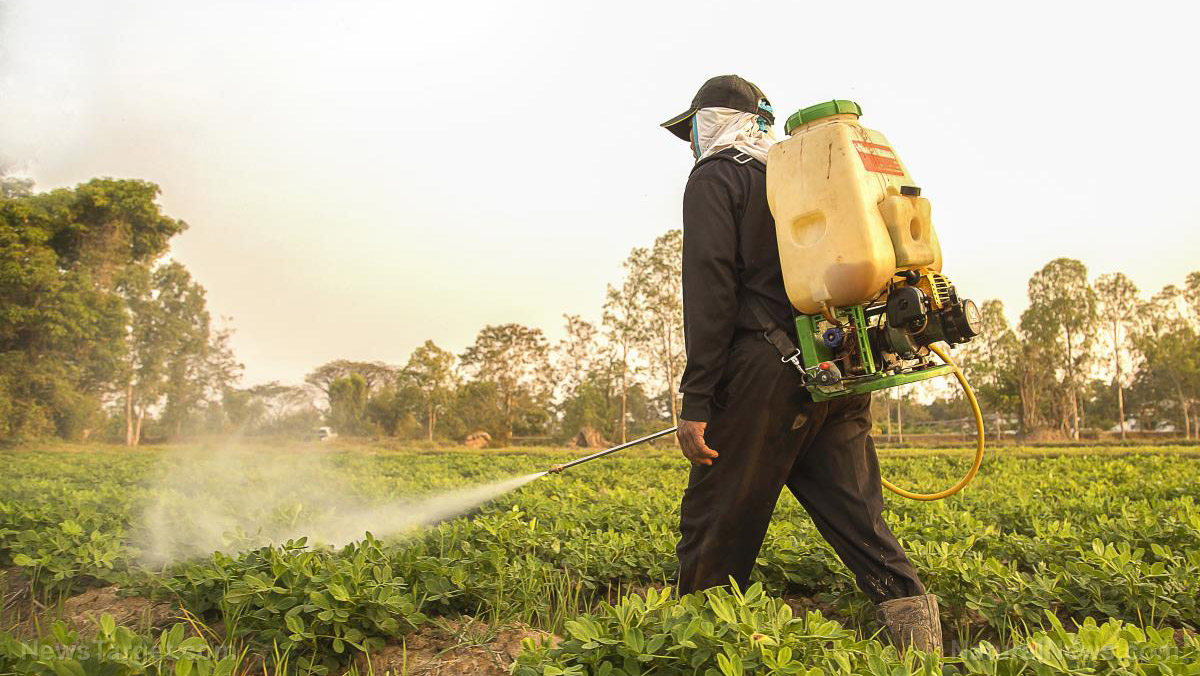Bromopropylate — toxicity, side effects, diseases and environmental impacts
12/07/2017 / By Earl Garcia
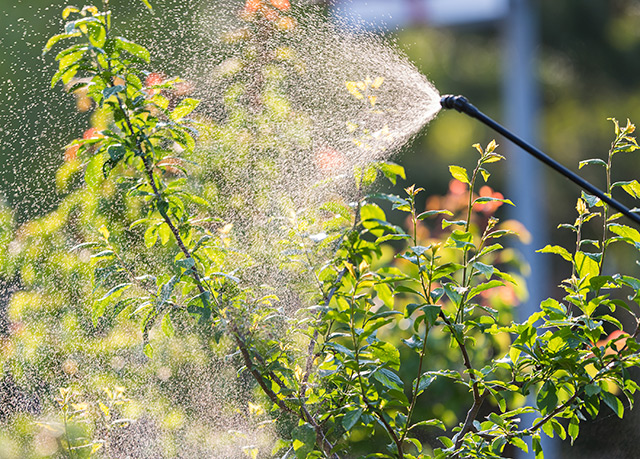
Bromopropylate is classified as a synthetic and bridged diphenyl acaricide, according to an entry featured on the Pesticide Properties DataBase website. The chemical is first introduced in 1967 and is used to control a wide array of pests including European red mite, two-spotted mite, and carmine mite as well as apple rust mite and bryobia mite. Bromopropylate is commonly applied to a variety of crops such as:
- citrus fruits;
- grapes;
- strawberries;
- other berries;
- cotton;
- hops;
- sugarbeet;
- sugarcane;
- tea; and
- ornamental plants.
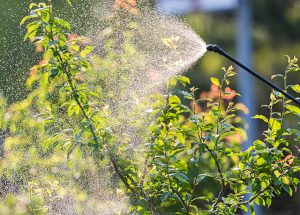
List of known side effects
An article posted on the Toxicology Data Network website reveals that bromopropylate primarily targets the respiratory system and may cause severe respiratory tract irritation and depression, which in turn may progress to acute respiratory distress syndrome. Exposure to the hazardous chemical may also result in asthma, bronchospasms, and wheezing. Likewise, the compound is known to cause gastrointestinal irritation, headache, and dizziness as well as weakness and nausea. The synthetic acaricide is also found to trigger serious skin and eye irritation.
Furthermore, an entry published on the Pub Chem website has revealed that the synthetic acaricide may pollute water sources and impact aquatic flora and fauna. The toxic chemical is known to negatively impact various animal species such as fishes, invertebrates, and crustaceans. The hazardous compound is also detrimental to aquatic plants, algae, and sediment-residing organisms as well. Likewise, bromopropylate is dangerous to birds, mammals, and other beneficial animals such as honeybees and earthworms.
Body systems affected by bromopropylate
Bromopropylate exposure is particularly detrimental to the respiratory system’s overall health. Likewise, the toxic substance is shown to impact the body’s digestive profile. The harmful compound is known to affect both eye and skin health too.
Items that can contain bromopropylate
Bromopropylate is the primary chemical component of a number of commercially available acaricides such as Neoron and Acarol. The chemical comes in emulsifiable concentrate formulation and is widely used in Australia.
How to avoid bromopropylate
A safety data sheet published on the Chem Service website recommends that bromopropylate users wear protective clothing, eye gear, and breathing equipment in order to avoid direct exposure. The safety guidelines also suggest that victims who inhaled the chemical be taken to an area with fresh air. People who have had direct eye and skin contact are also advised to thoroughly wash their eyes and affected skin area with plenty of water.
In addition, people who ingested the harmful chemical are urged to rinse their mouth thoroughly and seek immediate medical attention. The safety data sheet also suggests that the chemical be placed in a sealed container should an accidental spill occur in order to cut the risk of environmental contamination.
Where to learn more
- AUTONOMOUS PLANES now weaponized as pesticide delivery platforms to inundate farmland with toxic chemicals
- Common insecticides found to be far more dangerous to health than previously believed
- Bug spray chemical can build up in your home and cause dizziness and brain function problems, scientists find
- Texas carpet bombs its own hurricane-traumatized victims with neurological poisons sprayed from military planes
- Study: EPA-approved GMO insecticide responsible for killing off bees, contaminating entire food chain
- California declares glyphosate weed killer (Roundup) to be a cancer-causing poison; will add to Proposition 65 warning list
Summary
Bromopropylate exposure triggers asthma, bronchospasms, and wheezing.
Bromopropylate contact may lead to acute respiratory distress syndrome.
Bromopropylate induces gastrointestinal irritation, headache, and dizziness.
Bromopropylate raises the odds of weakness, nausea, and skin and eye irritation.
Bromopropylate is particularly detrimental to the respiratory system’s overall health.
Bromopropylate is shown to negatively impact the body’s digestive profile.
Bromopropylate is also found to compromise both eye and skin health.
Sources include:
Tagged Under:






